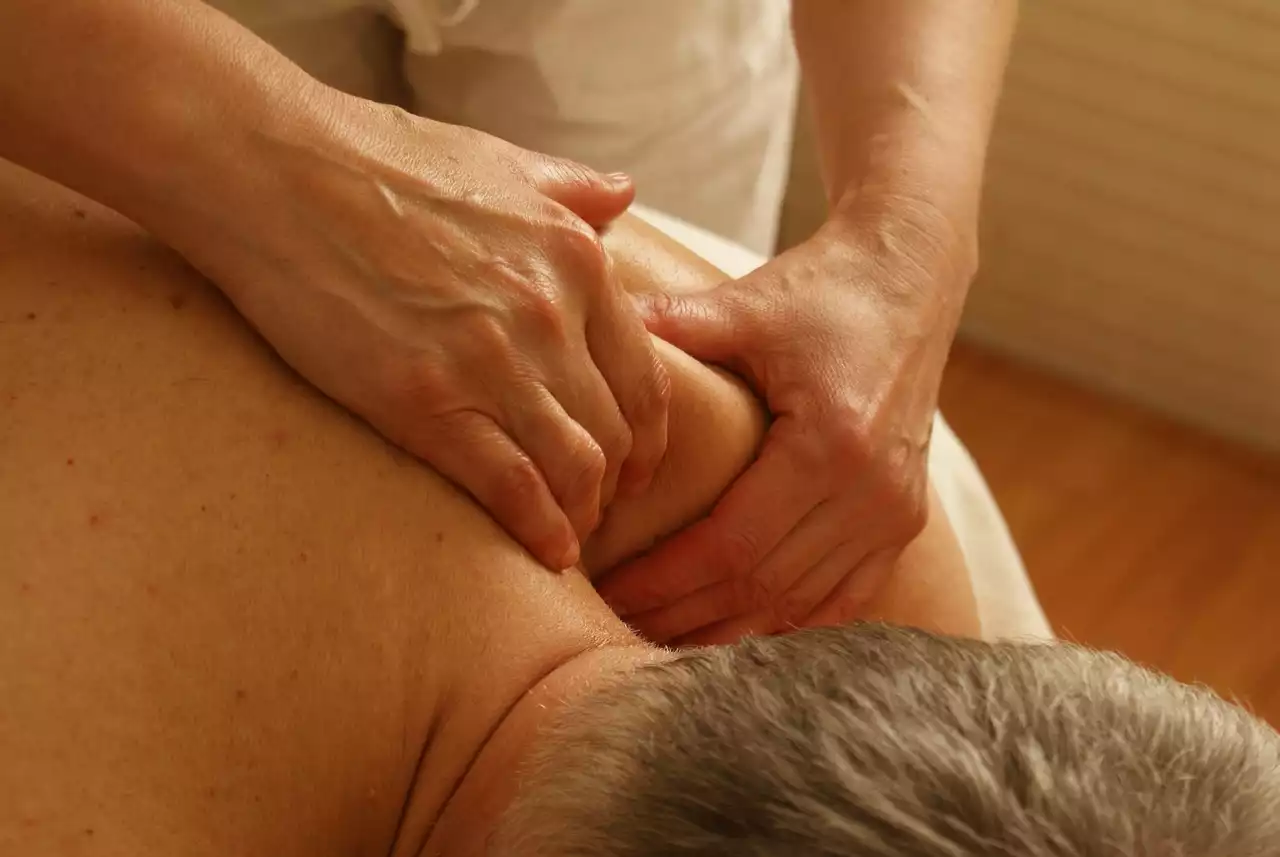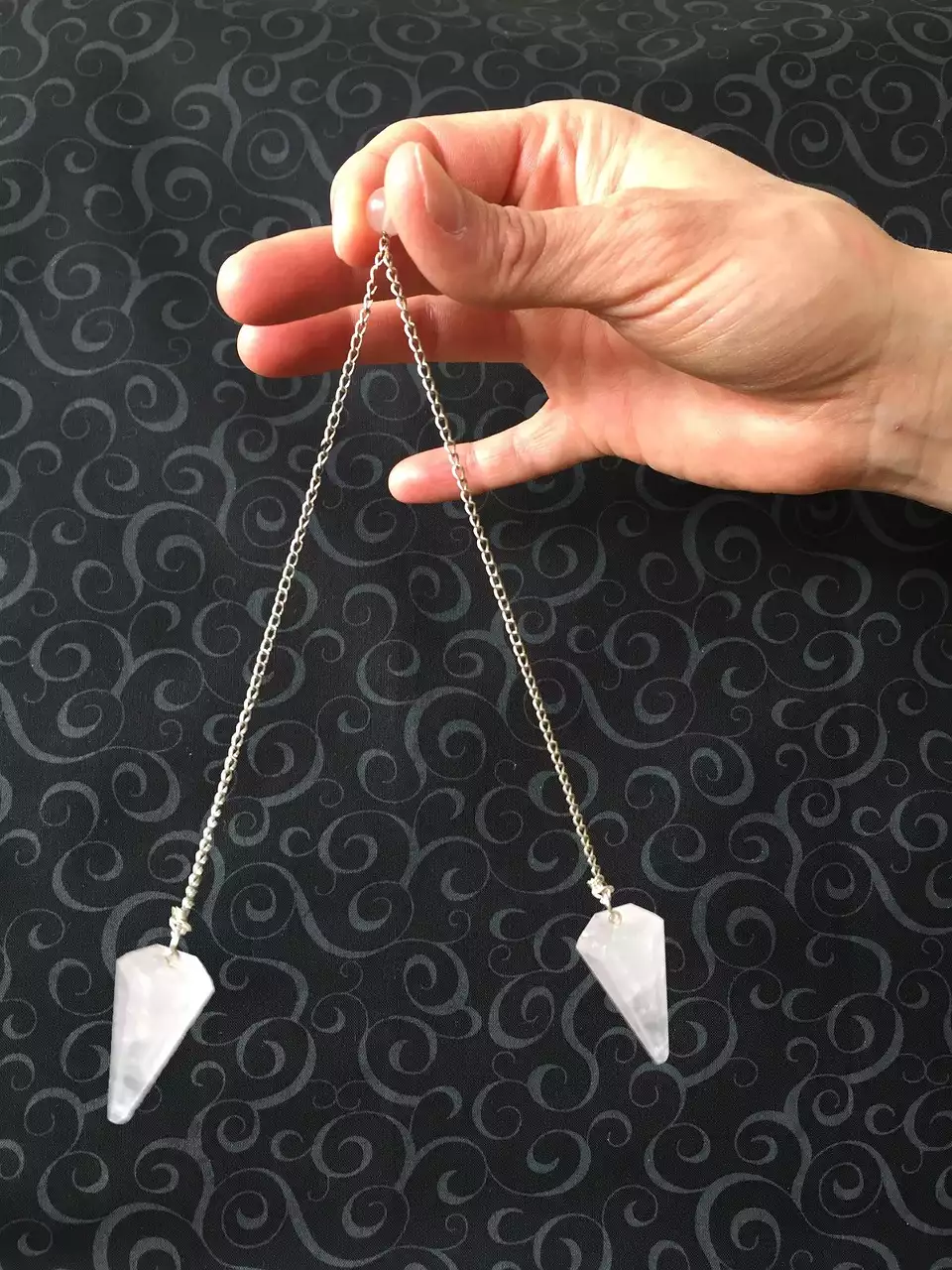What Causes Erectile Dysfunction?
Erectile dysfunction is the inability to achieve or maintain an erection sufficient for sexual intercourse. It can be caused by a variety of factors, including physical, psychological, and lifestyle factors. Physical causes of ED include high blood pressure, diabetes, heart disease, and hormonal imbalances. Psychological causes may include anxiety, depression, stress, and relationship problems. Lifestyle factors, such as smoking, excessive alcohol consumption, and lack of exercise, can also contribute to the development of ED.
Regardless of the cause, ED can be a frustrating and embarrassing condition. It can lead to a loss of self-esteem, poor body image, and decreased sexual satisfaction. If left untreated, it can also have a negative impact on mental health, personal relationships, and overall quality of life.
The Benefits of Massage Therapy for Erectile Dysfunction
Massage therapy has been shown to be a safe and effective treatment option for erectile dysfunction. It works by increasing blood flow to the penis, which can help to improve sexual function. Massage therapy can also help to reduce stress and anxiety, which are common psychological causes of ED. It can also help to improve overall physical and mental well-being, which can have a positive impact on sexual health.
One of the main benefits of massage therapy for ED is that it is a non-invasive and drug-free treatment option. It is also generally considered to be safe and well-tolerated by most people. Unlike medications or surgery, massage therapy does not have any significant side effects, making it a more appealing option for many men.
Types of Massage Therapy for Erectile Dysfunction - Swedish, Deep Tissue, and Reflexology
There are several types of massage therapy that can be helpful for treating erectile dysfunction. The three most effective types of massage therapy for ED are Swedish massage, deep tissue massage, and reflexology. Each type of massage therapy works differently and has its unique benefits.
Swedish Massage for Erectile Dysfunction
Swedish massage is a gentle form of massage that uses long strokes, kneading, and circular movements on the topmost layers of muscles. This type of massage is typically used to promote relaxation and reduce stress. It can also help to improve blood flow, which is essential for achieving and maintaining an erection.
During a Swedish massage session, the therapist will use a combination of long, gliding strokes, kneading, and circular movements to help relax the muscles and improve circulation. The therapist may also use light to moderate pressure, depending on the client's preference.
Swedish Massage (Front) - Poonam Sharma - Body Bliss
Deep Tissue Massage for Erectile Dysfunction
Deep tissue massage is a more intense form of massage that targets the deeper layers of muscles and connective tissue. This type of massage is typically used to treat chronic pain and muscle tension. It can also help to improve blood flow and reduce stress, which can be helpful for treating erectile dysfunction.
During a deep tissue massage session, the therapist will use slow, deep strokes and intense pressure to target the deeper layers of muscles and connective tissue. The therapist may also use stretching techniques to help improve flexibility and range of motion.
Reflexology Massage for Erectile Dysfunction
Reflexology is a type of massage that focuses on specific pressure points on the feet, hands, and ears. This type of massage is based on the theory that these pressure points are connected to specific organs and systems in the body. Reflexology is typically used to promote relaxation and reduce stress. It can also help to improve blood flow, which is essential for achieving and maintaining an erection.
During a reflexology massage session, the therapist will apply pressure to specific points on the feet, hands, and ears. The pressure applied will be firm but not painful. The therapist may also use various techniques, such as kneading, rubbing, and vibration, to help stimulate the pressure points.
Combining Massage Therapy with Other Treatments for Erectile Dysfunction
While massage therapy can be an effective standalone treatment for erectile dysfunction, it can also be used in combination with other treatments. For example, massage therapy can be used in conjunction with medication or lifestyle changes to help improve overall sexual health.
If you are currently taking medication for erectile dysfunction or have recently undergone surgery, it's important to talk to your doctor before adding massage therapy to your treatment plan. Your doctor can help you determine if massage therapy is a safe and effective option for you and can also provide you with guidance on how to incorporate massage therapy into your overall treatment plan.
Finding a Certified Massage Therapist for Erectile Dysfunction
If you are interested in trying massage therapy for erectile dysfunction, it's essential to find a certified massage therapist who has experience working with clients with ED. Look for a therapist who has completed a massage therapy program from an accredited institution and is licensed by your state or country's regulatory body. You can also ask for recommendations from your healthcare provider or from friends and family members who have had positive experiences with massage therapy.
During your initial consultation, be sure to discuss your symptoms and goals with your massage therapist. Your therapist can help you determine the best type of massage therapy for your needs and can also provide you with guidance on how to incorporate massage therapy into your overall wellness routine.






.png?size=50)


